15 Ng. 100 Đ. Nguyễn Xiển, Thanh Xuân Nam, Thanh Xuân, Hà Nội 100000
(Image: A captivating wide shot of a lush Sekong landscape, perhaps with a river or waterfall in the foreground, showcasing its natural beauty.)
For the discerning traveler seeking an escape from the well-trodden paths, an adventure into the truly untouched, Sekong Province in southern Laos beckons. Often overlooked in favor of its more famous neighbors, Sekong is a hidden gem, a frontier where ancient traditions thrive amidst a backdrop of breathtaking natural beauty. This is a land of cascading waterfalls, dense, primeval forests, and a vibrant tapestry of ethnic cultures, each with its unique customs and stories. It’s a destination that promises not just a trip, but a profound immersion into the authentic heart of Laos.
At Golden Trail Travel, we believe in crafting journeys that go beyond the ordinary, and Sekong perfectly embodies our philosophy of authentic, responsible, and unforgettable exploration. Join us as we unveil the magic of Sekong, guiding you through its pristine landscapes, introducing you to its warm-hearted people, and revealing why this remarkable province should be at the very top of your travel list.
In an increasingly globalized world, finding truly untouched destinations can feel like an elusive quest. Sekong, nestled in the southeastern corner of Laos, stands as one of the last bastions of pristine wilderness and untamed culture in Southeast Asia. This small, landlocked province, bordered by Vietnam to the east and Cambodia to the south, is a testament to the enduring spirit of nature and tradition. Unlike the bustling tourist hubs, Sekong offers a quiet, profound experience, a chance to disconnect from the modern world and reconnect with something more elemental.
Its name, derived from the Xe Kong River that carves its way through the province, evokes a sense of wild adventure. The river, a vital artery of life, dictates much of the rhythm here, nourishing the fertile lands and providing a livelihood for many. Sekong is a mosaic of diverse ethnic groups, including the Alak, Nge, Katu, and Laven, each contributing to the province's rich cultural tapestry with their distinct languages, customs, and craftsmanship.
This comprehensive guide will delve deep into the essence of Sekong, providing you with all the information you need to plan an unforgettable journey. From its awe-inspiring natural wonders and vibrant cultural experiences to practical travel tips and responsible tourism practices, we aim to inspire and inform, preparing you for an adventure into Laos' untamed heart.
Sekong's geography is as diverse as it is stunning, a dramatic landscape shaped by ancient geological forces and the relentless flow of water. The province is characterized by its mountainous terrain, with the Annamite Range forming a natural boundary with Vietnam, and its extensive network of rivers and streams.
The Xe Kong River (often spelled Sekong River) is more than just a geographical feature; it is the lifeblood of the province. Originating in Vietnam's central highlands, it meanders through Sekong, providing irrigation for rice paddies, supporting a rich biodiversity, and serving as a crucial transportation route for local communities. The river’s ebb and flow dictate the agricultural calendar and shape the daily lives of those living along its banks. Exploring the Xe Kong by boat offers a unique perspective on the province's natural beauty and the quiet rhythm of rural life.
Sekong is a land of cascading wonders, where countless waterfalls tumble through lush forests, creating breathtaking spectacles. These falls, often hidden deep within the jungle, offer refreshing havens and stunning photographic opportunities.
The forests of Sekong are ancient and largely untouched, forming part of the extensive Annamite eco-region, a global biodiversity hotspot. These forests are home to an incredible array of flora and fauna, including endangered species. Exploring these verdant landscapes, whether through guided treks or gentle walks, is an experience that connects you deeply with nature.
While much of the famous Bolaven Plateau is located in neighboring Champasak and Saravane provinces, Sekong shares a part of this fertile volcanic region. The higher altitudes and rich, red soil create ideal conditions for agriculture, particularly coffee cultivation. Small-scale coffee plantations, often run by ethnic minority communities, dot the landscape, producing some of Laos' finest beans. A visit to one of these plantations offers insight into the coffee-making process, from bean to cup, and a chance to savor the local brew.
Sekong is a living museum of ethnic diversity, a place where traditional ways of life have largely remained intact. The province is home to numerous distinct ethnic groups, each with its own language, customs, traditional dress, and unique cultural expressions. This rich cultural mosaic is arguably Sekong's most compelling feature.
The Alak are one of the most prominent ethnic groups in Sekong. Known for their deep connection to the land and their animistic beliefs, the Alak traditionally practice swidden (slash-and-burn) agriculture and cultivate rice. Their villages, often built on stilts, are characterized by communal houses and a strong sense of community. The Alak are renowned for their intricate weaving, particularly their vibrant textiles made from naturally dyed cotton. Their traditional music, often performed with gongs and drums, plays an important role in ceremonies and celebrations.
The Nge (also spelled Ngae) are another significant group in Sekong, particularly known for their exceptional craftsmanship. They are skilled in basket weaving, wood carving, and the production of traditional tools and implements. Nge villages offer a glimpse into their daily lives, where ancient skills are passed down through generations. Their traditional houses, often built from bamboo and thatch, reflect their close relationship with the natural environment.
The Katu people, also found in central Vietnam, are known for their strong traditions and distinct cultural practices. They often live in remote mountainous areas and have a reputation for their resilience and self-sufficiency. Katu communities are recognized for their elaborate communal houses, known as "longhouses," and their intricate silver jewelry. Their vibrant textiles, often featuring geometric patterns, are also highly prized.
While largely concentrated on the Bolaven Plateau, the Laven people also have a presence in Sekong. They are renowned for their agricultural prowess, particularly in coffee cultivation, which has brought them significant economic prosperity. The Laven are known for their hospitality and their sophisticated social structures. Their villages often showcase a blend of traditional and more modern elements, reflecting their engagement with the broader economy.
Participating in or observing a local festival is an unparalleled opportunity to experience Sekong's vibrant culture firsthand. These ceremonies, often tied to agricultural cycles or animistic beliefs, are rich in tradition, music, dance, and communal feasting. While specific dates vary, rice planting and harvesting ceremonies, as well as ancestor worship rituals, are common throughout the year. Visitors are often welcomed with warmth and generosity, offering a unique insight into the spiritual heart of these communities.
Sekong offers a range of activities for the intrepid traveler, from exhilarating outdoor adventures to profound cultural encounters.
The mountainous and forested terrain of Sekong is a hiker's paradise. Guided treks, ranging from half-day excursions to multi-day expeditions, lead you through pristine jungles, past hidden waterfalls, and to remote ethnic minority villages. These treks offer a chance to spot rare wildlife, learn about local flora and fauna, and experience the tranquility of nature.
Exploring the Xe Kong River by local boat offers a serene and insightful perspective on Sekong.
One of the most rewarding experiences in Sekong is the opportunity for cultural immersion.
Sekong Town (Muang Lamam) is the provincial capital and serves as the main administrative and commercial center. While not a major tourist attraction in itself, it offers basic amenities and a glimpse into provincial life.
Traveling to Sekong requires a bit more planning than more established tourist destinations, but the rewards are well worth the effort.
Accommodation options in Sekong are more limited and rustic compared to major tourist centers.
Book your accommodation in advance, especially during peak season, as options are limited.
Sekong's cuisine is typical of southern Laos, characterized by fresh ingredients, spicy flavors, and influences from neighboring Vietnam and Cambodia.
Sekong's pristine nature and vibrant cultures are fragile. Practicing responsible tourism is paramount to ensuring its longevity and benefiting local communities.
(Image: A collage of Golden Trail Travel tour photos in Sekong, showing happy travelers interacting with locals, stunning landscapes, and perhaps a Golden Trail Travel logo subtly incorporated.)
At Golden Trail Travel, we specialize in crafting immersive and authentic travel experiences, and Sekong is one of our flagship destinations for those seeking a true adventure. We are committed to responsible tourism, ensuring that your journey not only enriches your life but also benefits the local communities and preserves Sekong's unique heritage.
Here’s why choosing Golden Trail Travel for your Sekong adventure is the best decision:
Ready to embark on your Sekong adventure?
Visit our website to explore our Sekong tour packages and custom travel options:
https://goldentrailtravel.com/
Contact us today to begin planning your journey into Sekong's untamed beauty and rich cultural tapestry. Let Golden Trail Travel be your guide to an extraordinary experience in one of Southeast Asia's last true frontiers.
(Image: A graphic featuring star ratings and perhaps a small photo of happy travelers, making the reviews visually appealing.)
Don't just take our word for it. Here's what some of our past travelers have to say about their Golden Trail Travel experiences in Sekong:
★★★★★ "Our trip to Sekong with Golden Trail Travel was simply unforgettable. We trekked through incredible jungles, swam in pristine waterfalls, and most importantly, spent time in an Alak village. Our guide, Mr. Boun, was incredible – so knowledgeable and respectful. The homestay was a highlight, a true immersion into local life. It felt like stepping back in time in the best possible way. Highly recommend!" — Sarah & Mark T., United Kingdom
★★★★★ "I've traveled extensively in Southeast Asia, but Sekong was truly unique. It's raw, authentic, and breathtakingly beautiful. Golden Trail Travel organized everything perfectly, from the difficult transfers to the comfortable guesthouses. The visit to the Nge weaving village was fascinating, and I bought some beautiful textiles directly from the artisans. If you want to see the real Laos, go to Sekong with Golden Trail Travel." — David L., Australia
★★★★★ "As a solo female traveler, I felt incredibly safe and well-cared for with Golden Trail Travel. They understood my desire for adventure but also my need for comfort and security. The guided trek to Tad Hia was stunning, and learning about the local coffee cultivation was really interesting. Sekong is a challenging but incredibly rewarding destination, and Golden Trail Travel made it accessible and enjoyable." — Elena R., Germany
★★★★★ "Sekong is a hidden gem! The landscapes are absolutely stunning, and the people are so warm and welcoming. Golden Trail Travel's commitment to responsible tourism was evident throughout our trip. We felt good knowing our money was directly supporting the local communities. It was more than just a vacation; it was a truly enriching cultural exchange." — The Nguyen Family, USA
(Image: A simple, clean graphic for the FAQ section.)
Q1: Is Sekong safe for tourists? A1: Yes, Sekong is generally safe for tourists. Like any travel destination, it's important to take standard precautions, such as safeguarding your belongings and being aware of your surroundings. For remote treks or village visits, it's highly recommended to go with a reputable tour operator like Golden Trail Travel and a local guide who understands the terrain and local customs.
Q2: How do I get to Sekong? A2: The most common way to reach Sekong is by bus or private vehicle from Pakse, which has the nearest international airport. Travel can be challenging, especially during the rainy season, due to road conditions. Golden Trail Travel can arrange comfortable and reliable transportation for you.
Q3: What is the best time of year to visit Sekong? A3: The dry season (November to April) is generally the best time for travel to Sekong, with cooler temperatures and more accessible roads. The rainy season (May to October) brings lush landscapes and full waterfalls but can make some areas difficult to access.
Q4: What kind of accommodation can I expect in Sekong? A4: Accommodation in Sekong is more rustic than in major tourist centers. Sekong Town has basic guesthouses. For a truly immersive experience, homestays in ethnic minority villages offer basic but authentic facilities. Golden Trail Travel works with the best available options to ensure your comfort.
Q5: What are the main attractions in Sekong? A5: Sekong's main attractions are its natural beauty (waterfalls like Tad Hia, pristine forests, the Xe Kong River) and its rich cultural diversity, particularly its ethnic minority villages (Alak, Nge, Katu, Laven). Trekking, cultural immersion, and river trips are popular activities.
Q6: Do I need a guide to explore Sekong? A6: For most activities beyond Sekong Town, especially trekking to remote waterfalls or visiting ethnic minority villages, a local guide is highly recommended. They provide navigation, ensure cultural sensitivity, and act as interpreters. Golden Trail Travel provides experienced and knowledgeable local guides.
Q7: What should I pack for a trip to Sekong? A7: Pack light, comfortable clothing suitable for hot and humid weather. Include long sleeves and pants for mosquito protection and cultural respect. Sturdy walking shoes or hiking boots are essential. Don't forget insect repellent, sunscreen, a hat, a basic first-aid kit, and a reusable water bottle. For homestays, a headlamp or flashlight is useful.
Q8: Can I pay with credit cards in Sekong? A8: Credit card acceptance is very limited in Sekong, mostly only in Sekong Town at a few larger establishments. It's essential to carry sufficient Lao Kip (LAK) in cash for most transactions, especially in rural areas. ATMs are scarce.
Q9: How can I ensure my visit is responsible and ethical? A9: Choose reputable tour operators like Golden Trail Travel who prioritize responsible tourism. Support local businesses, respect local customs, minimize your environmental impact, and engage with communities ethically. Always ask for permission before taking photos of people.
Q10: Are there opportunities for volunteering in Sekong? A10: While formal volunteering opportunities might be limited, some community-based tourism initiatives or NGOs might offer ways to contribute. Inquire with Golden Trail Travel for any potential responsible tourism projects they support or can connect you with.
Sekong is not a destination for the faint of heart, nor for those seeking luxury resorts and bustling nightlife. It is a place for the adventurous spirit, the cultural connoisseur, and the nature lover. It’s a journey into the very soul of Laos, a rare opportunity to witness a way of life that has remained largely unchanged for centuries, set against a backdrop of unparalleled natural beauty.
Here, the rhythm of life is dictated by the Xe Kong River, the whisper of the ancient forests, and the timeless traditions of its diverse ethnic communities. Every interaction, every sight, and every sound in Sekong is an authentic discovery, a reminder of the raw, untamed beauty that still exists in our world.
Golden Trail Travel is proud to be your partner in unlocking the secrets of Sekong. We are dedicated to providing you with an experience that is not just a vacation, but a transformative journey – one that connects you deeply with the land, its people, and their stories. By choosing to travel with us, you are not only embarking on an unforgettable adventure but also contributing to the sustainable development and preservation of this extraordinary province.
So, if you yearn for a destination where adventure meets authenticity, where nature reigns supreme and ancient cultures thrive, look no further than Sekong. Let Golden Trail Travel guide you to this last frontier of authentic Laos. Your extraordinary journey begins here.

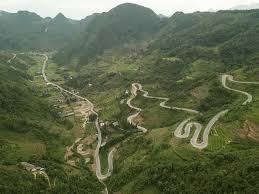
A homestay is a form of accommodation where travelers stay in the homes of local residents or families rather than in traditional hotels, hostels, or resorts. They provide travelers with the opportunity to stay with local families, learn about their culture, witness the way of life in rural and ethnic minority communities, experience daily life from a resident’s perspective, and often enjoy warm hospitality and authentic cuisine.
May 28, 2025
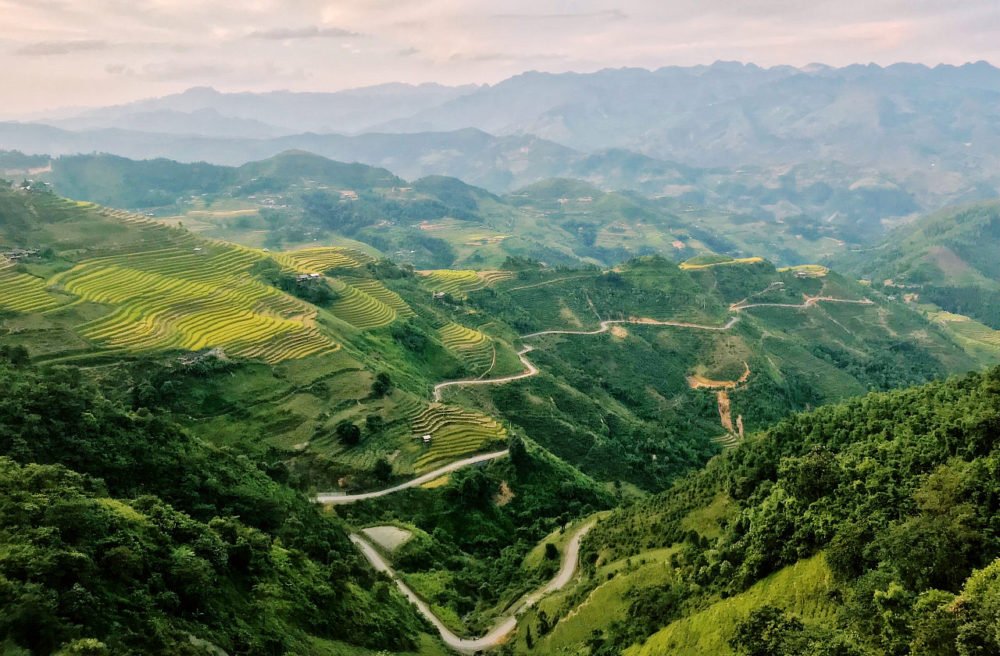
Accommodations for motorbike tours In Vietnam cater to a diverse range of preferences and budgets. Whether you’re looking for luxury hotels, budget-friendly hostels, or immersive homestays, Vietnam has something to offer for every type of traveler. Here are some general points about accommodation options in Vietnam:
May 28, 2025
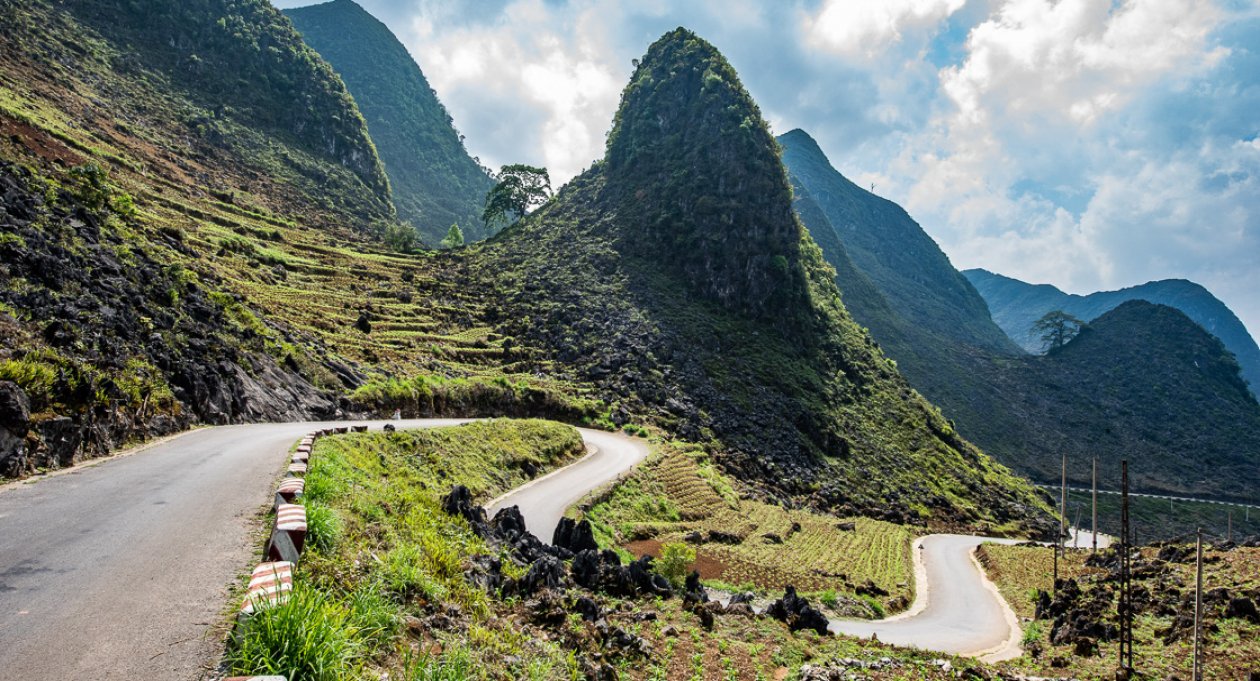
The geographical tapestry between Vietnam and Cambodia is a vibrant mosaic shaped by diverse landscapes, intertwined river systems, and strategic locations within Southeast Asia. At the heart of this geographical interplay lies the majestic Mekong River, a lifeblood connecting the two nations and influencing their shared history, economic ties, and cultural exchanges.
May 28, 2025
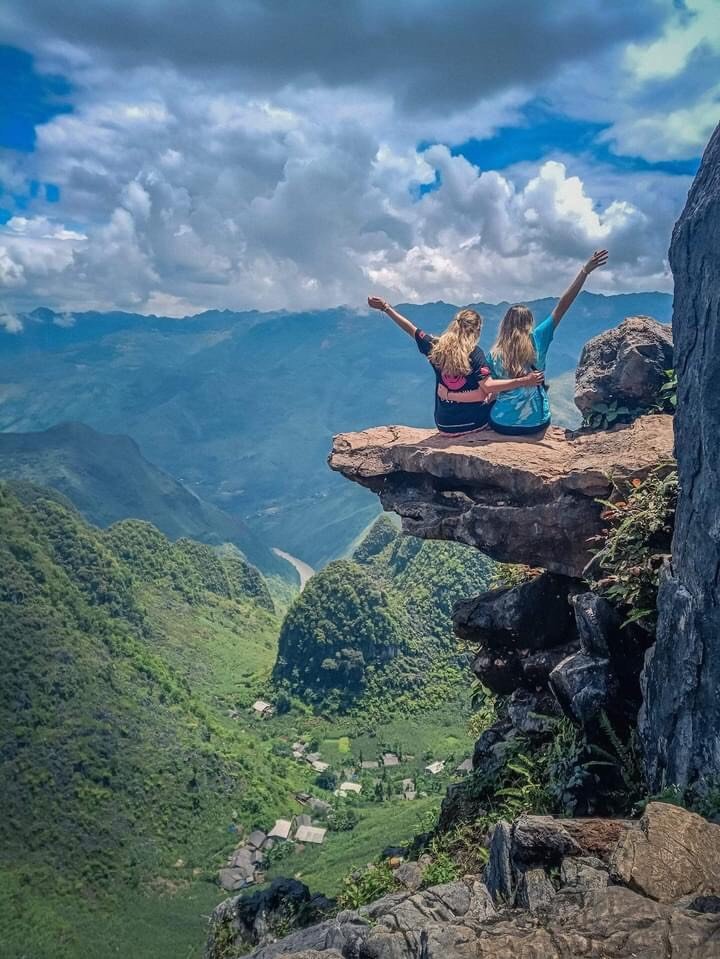
Embarking on a motorcycle adventure from Hanoi to Ha Giang is an immersive journey through the beating heart of Northern Vietnam. This scenic route, punctuated by the bustling capital of Hanoi and culminating in the rugged charm of Ha Giang, promises a tapestry of experiences for riders seeking the ultimate road trip. In this comprehensive guide, we unravel the myriad reasons why riding motorcycles from Hanoi to Ha Giang is an expedition worth every twist of the throttle.
May 28, 2025
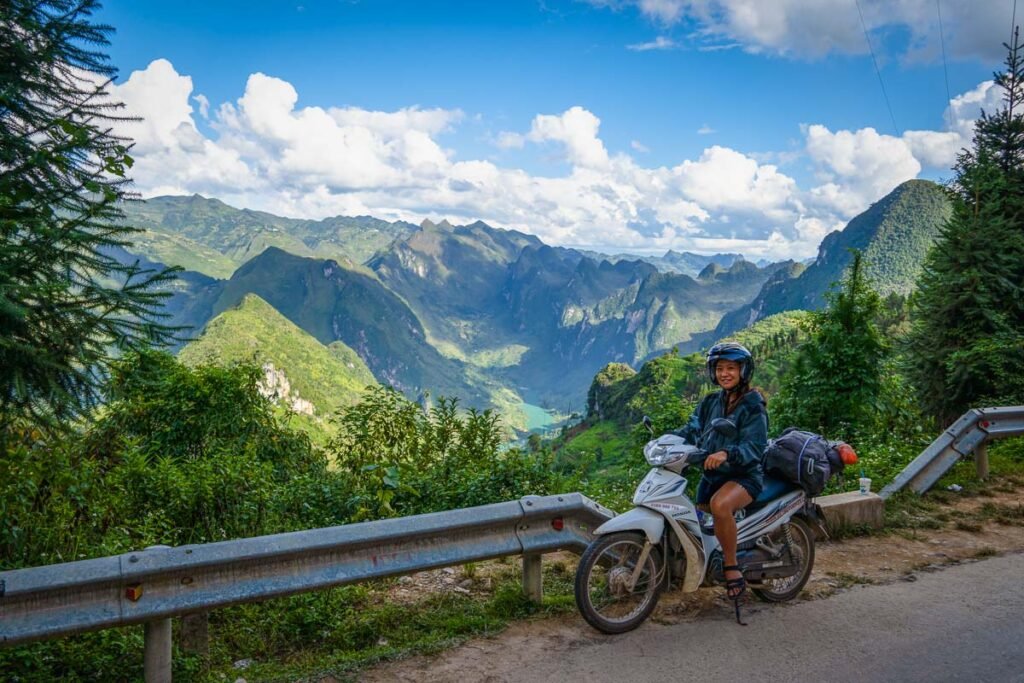
There is no doubt that Ha Giang stands as an enchanting destination, captivating travelers with its rugged landscapes, rich cultural tapestry, and the renowned Ha Giang Loop. In this comprehensive guide, we explore the best things to see in Ha Giang, from breathtaking natural wonders to cultural gems that make this province a must-visit for those seeking an authentic and immersive experience.
May 28, 2025
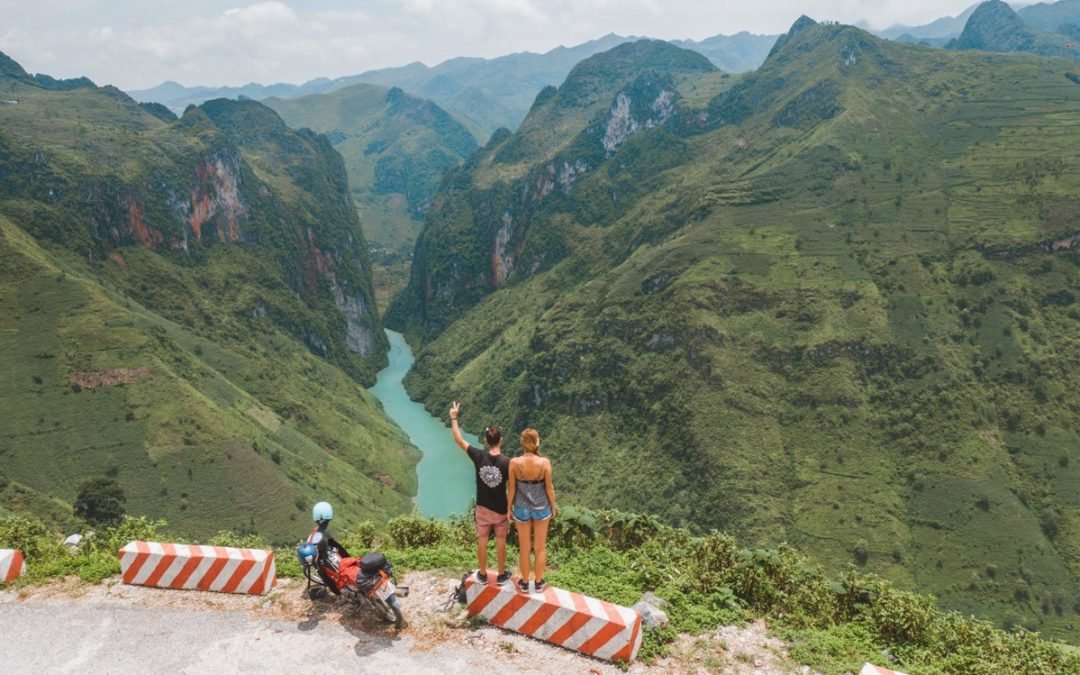
Ha Giang is not only a visual feast for travelers but also a paradise for food enthusiasts. The province’s diverse ethnic communities contribute to a culinary tapestry that showcases the rich flavors and traditional dishes of the region. In this comprehensive guide, we explore the best foods to eat in Ha Giang, inviting you on a gastronomic journey through the heart of Northern Vietnam.
May 28, 2025
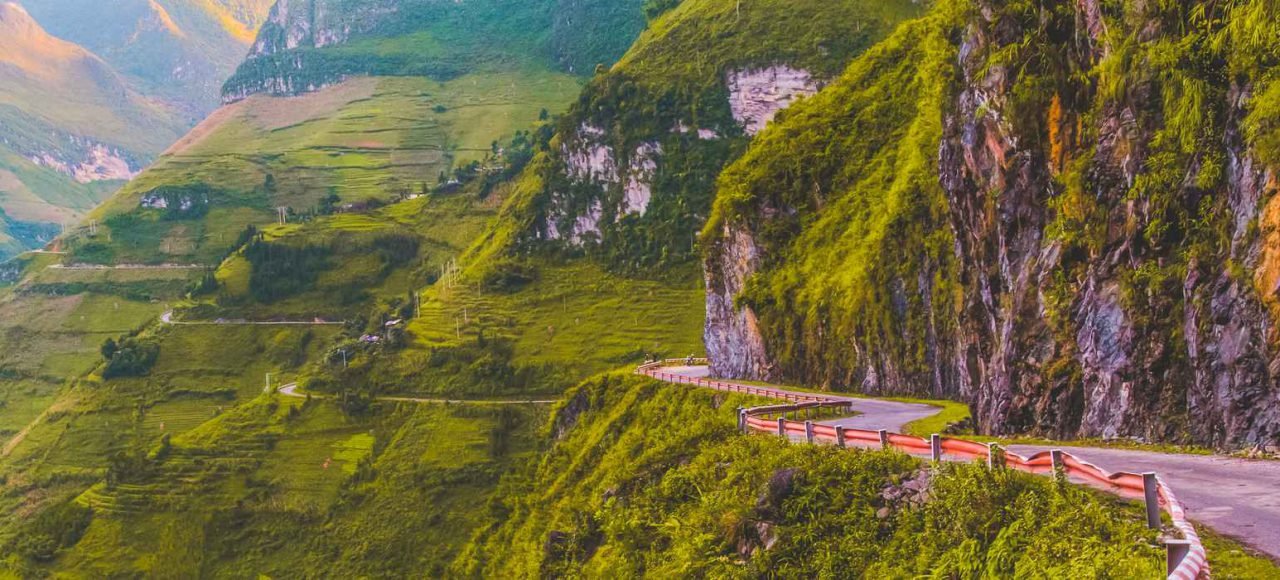
Embarking on a motorbike journey from Hanoi to Ha Giang is an exhilarating adventure, offering riders a chance to traverse the picturesque landscapes of Northern Vietnam. However, the success and enjoyment of this journey greatly hinge on choosing the right time to hit the road. In this comprehensive guide, we’ll explore the optimal seasons for riding motorbikes from Hanoi to Ha Giang, ensuring a memorable and safe exploration of this stunning region.
May 28, 2025
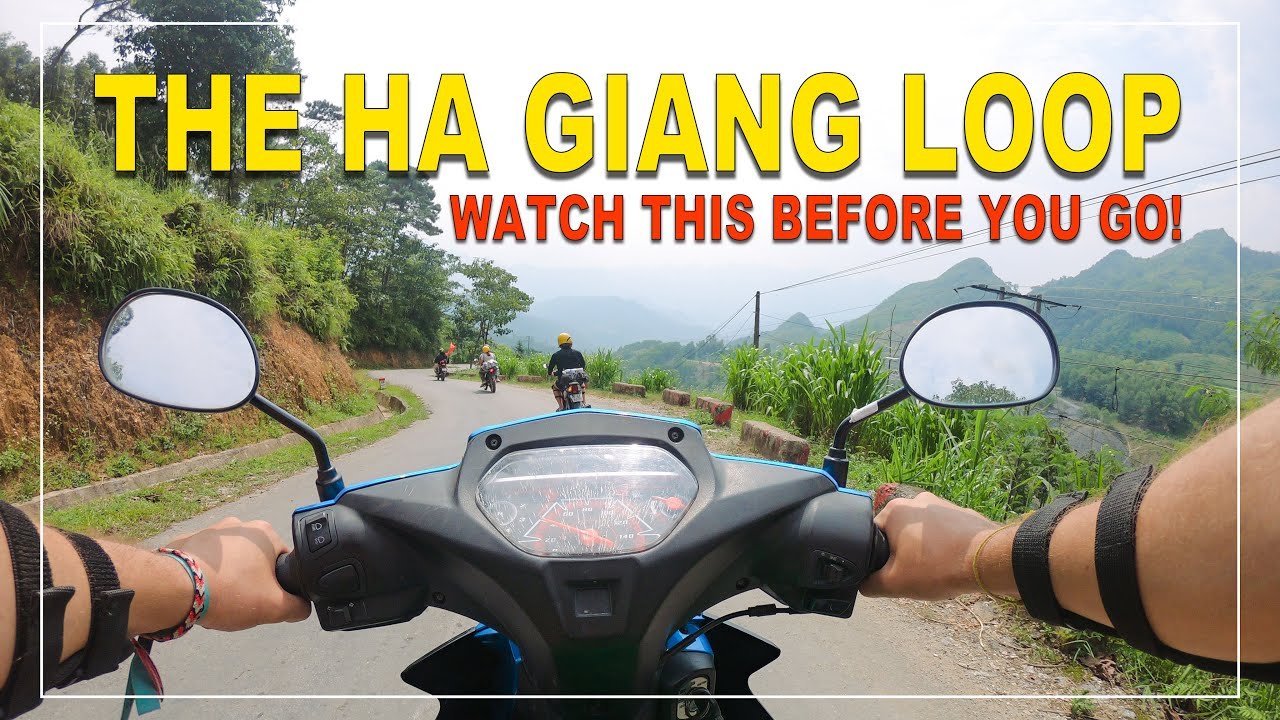
The cost of a motorbike trip from Hanoi to Ha Giang can vary based on several factors, including your durations, travel style, accommodation preferences, choice of motorbike rental, dining habits, and any additional activities you plan to undertake. Here’s a general breakdown of potential expenses:
May 28, 2025
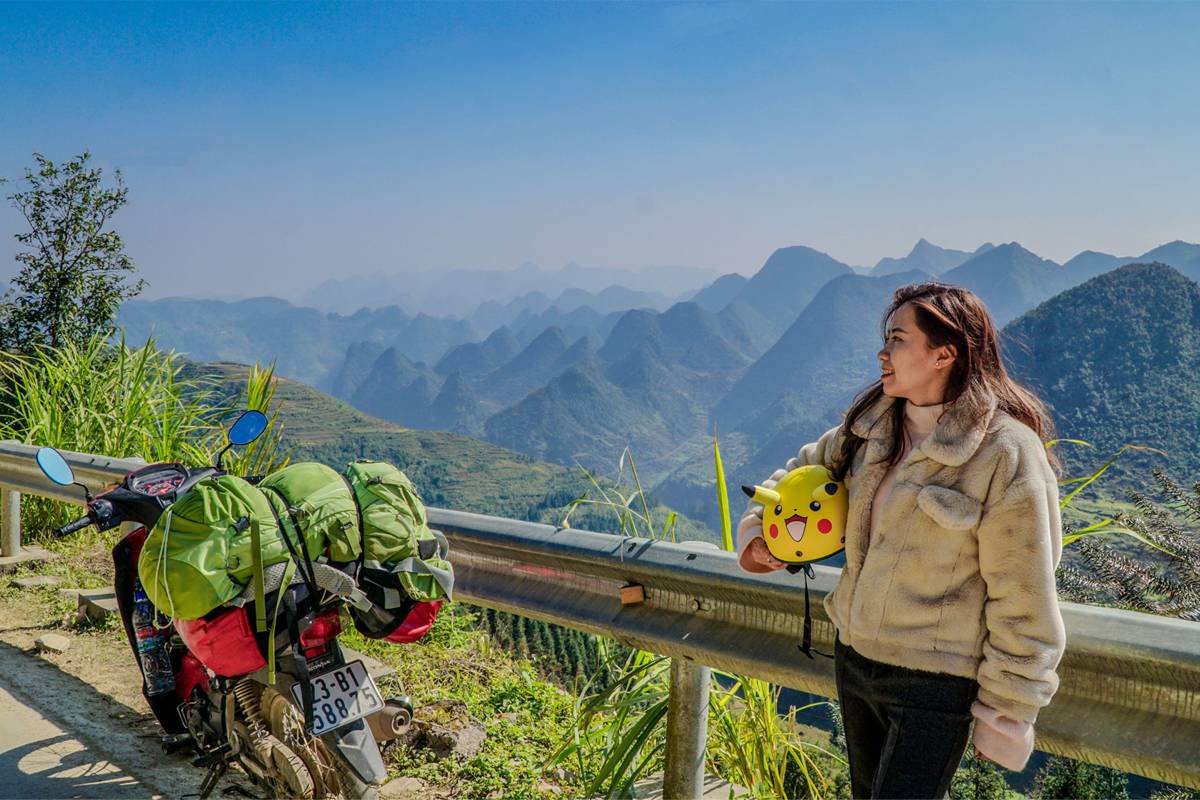
Engaging a motorbike tour from Hanoi to Ha Giang is a thrilling adventure that beckons a diverse range of travelers. Whether you’re an adrenaline enthusiast, a culture seeker, or someone yearning for an off-the-beaten-path experience, this journey through the northern landscapes of Vietnam has something to offer. In this comprehensive guide, we explore who should engage in a motorbike tour from Hanoi to Ha Giang, delving into the unique aspects that make this expedition a must for certain types of travelers.
May 28, 2025
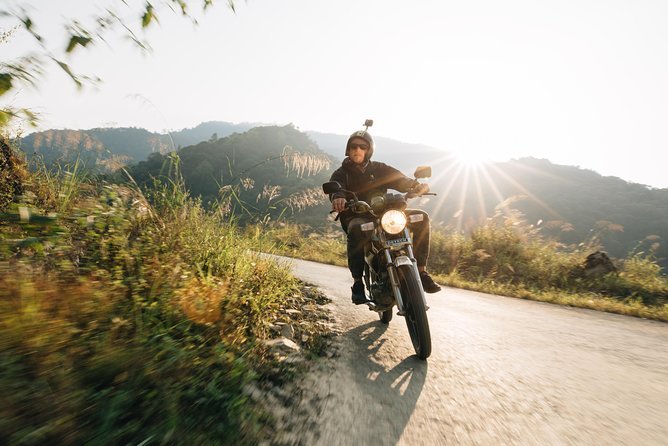
Nestled in the northernmost reaches of Vietnam, Ha Giang is a hidden gem that beckons travelers with its rugged beauty and cultural richness. Known for its stunning landscapes, diverse ethnic communities, and the famous Ha Giang Loop, this province has become a burgeoning destination for adventurous souls seeking an off-the-beaten-path experience.
May 28, 2025
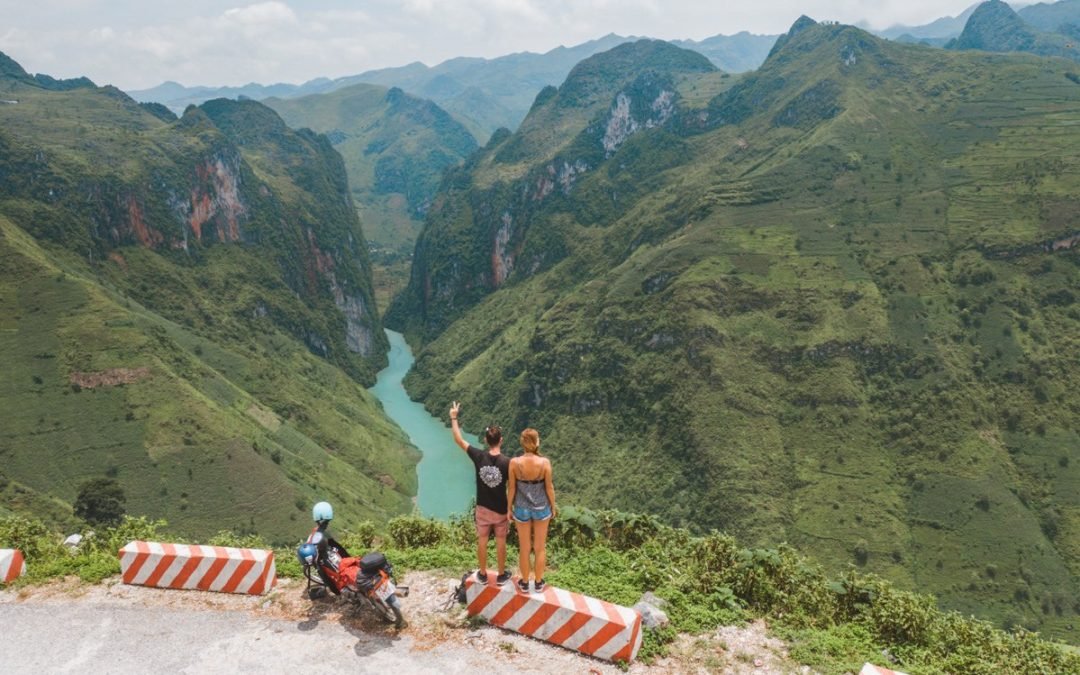
Ha Giang is not only a visual feast for travelers but also a paradise for food enthusiasts. The province’s diverse ethnic communities contribute to a culinary tapestry that showcases the rich flavors and traditional dishes of the region. In this comprehensive guide, we explore the best foods to eat in Ha Giang, inviting you on a gastronomic journey through the heart of Northern Vietnam.
May 28, 2025
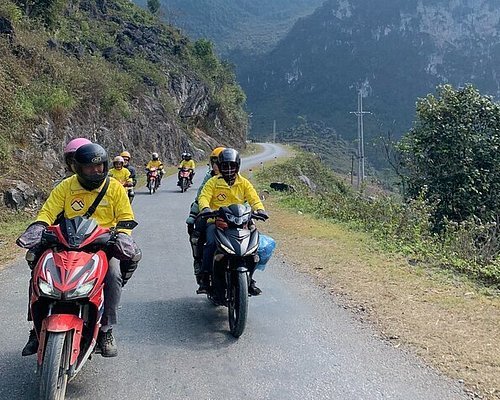
Nestled in the northernmost reaches of Vietnam, the Ha Giang province beckons adventurous souls seeking to venture off the beaten path. The Ha Giang Loop, a captivating Hagiang motorbike tour through the province’s rugged landscapes and remote villages, has become a bucket-list experience for travelers seeking an authentic and awe-inspiring adventure. In this article, we will delve into the reasons why a Ha Giang Loop motorbike tour is an absolute must for intrepid explorers, offering an unforgettable journey through Vietnam’s hidden gem.
May 28, 2025
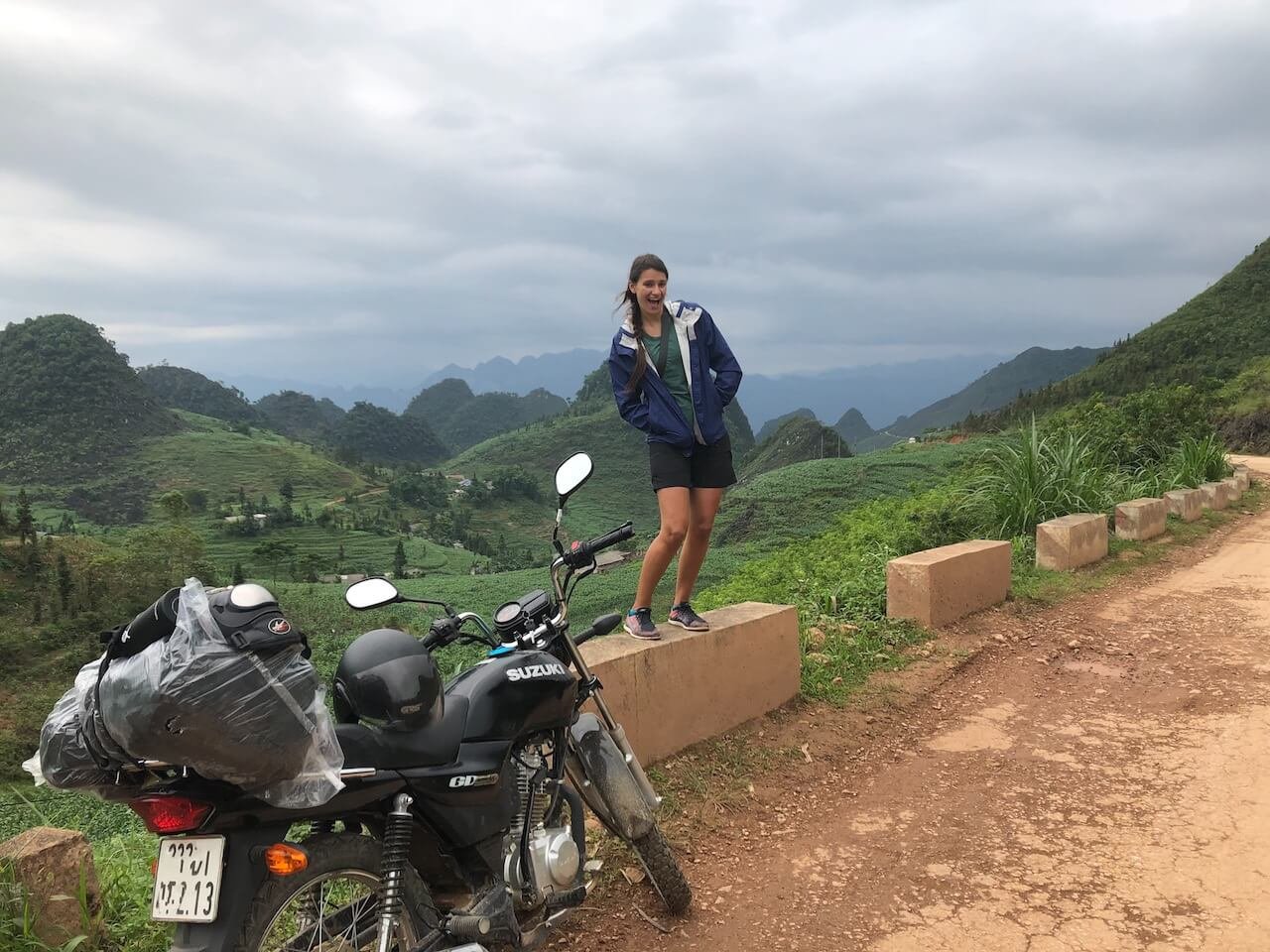
There are many ways to do the famous Hagiang Loop Motorbike Tour. You can go on an organized tour with a guide, ride your own bike, book a private van, take a local bus… In any of these ways, you can enjoy some of the most stunning views Vietnam has to offer. Moreover, the Hagiang loop motorbike tour also allows you to learn about life and culture in the small agricultural villages scattered throughout the region. And of course, in Ha Giang you can also enjoy a wide variety of activities. Because this loop is not only about traveling along the routes that connect these villages and small towns!
May 28, 2025
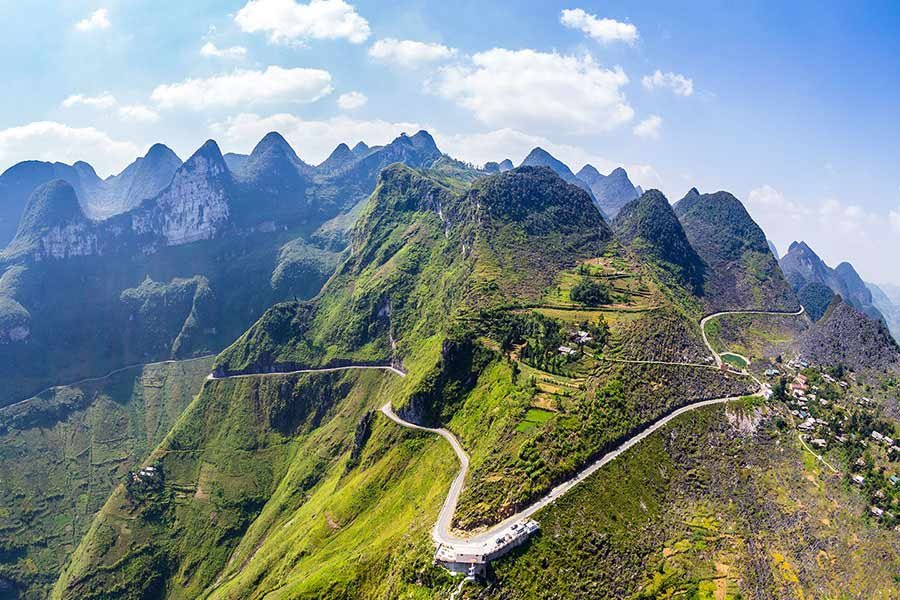
The motorbike tour from Hanoi to Ha Giang unveils a tapestry of diverse geographic terrains, each contributing to the captivating beauty of northern Vietnam. Beginning in Hanoi, the capital city nestled in the flat expanse of the Red River Delta, the landscape transitions from urban sprawl to fertile plains adorned with traditional Vietnamese architecture.
May 28, 2025
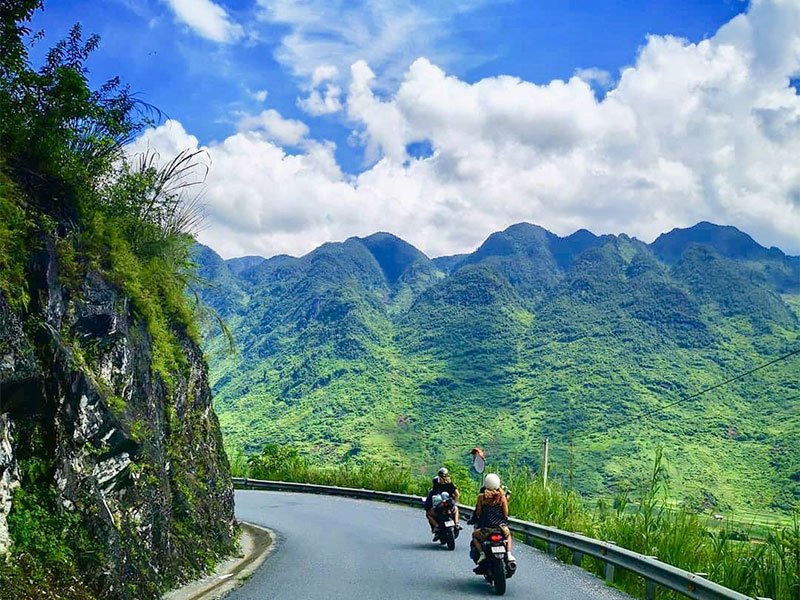
There are many ways to do the famous Hagiang Loop Motorbike Tour. You can go on an organized tour with a guide, ride your own bike, book a private van, take a local bus… In any of these ways, you can enjoy some of the most stunning views Vietnam has to offer. Moreover, the Hagiang Loop Motorbike Tour also allows you to learn about life and culture in the small agricultural villages scattered throughout the region. And of course, in Ha Giang you can also enjoy a wide variety of activities. Because this loop is not only about traveling along the routes that connect these villages and small towns!
May 28, 2025
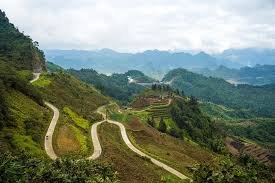
The motorbike tour from Hanoi to Ha Giang unveils a tapestry of diverse geographic terrains, each contributing to the captivating beauty of northern Vietnam. Beginning in Hanoi, the capital city nestled in the flat expanse of the Red River Delta, the landscape transitions from urban sprawl to fertile plains adorned with traditional Vietnamese architecture.
May 28, 2025
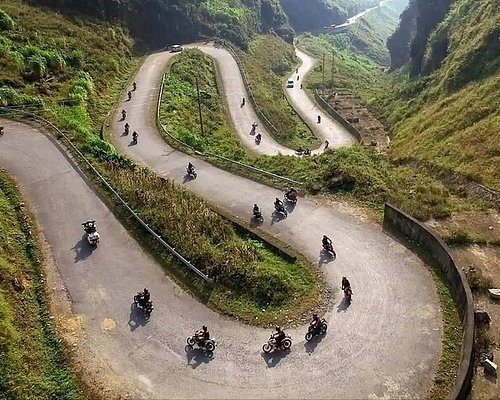
Before we start, let’s address the elephant in the room: Motorbiking in Vietnam, also referred to as motorcycling, is risky. And due to this, we can only recommend that experienced, fully kitted-out bikers attempt to ride here.
May 28, 2025
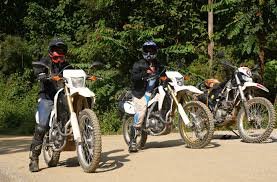
Nestled amidst the rugged mountains, lush jungles, and meandering rivers of Southeast Asia. It’s a hidden gem waiting to be discovered by adventurous souls
May 28, 2025
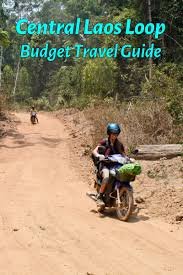
Laos is a stunning country with diverse landscapes, rich cultural heritage, and off-the-beaten-path destinations that are perfect for motorbike tours. Here are some of the best destinations in Laos that people should consider taking motorbike tours to discover:
May 28, 2025
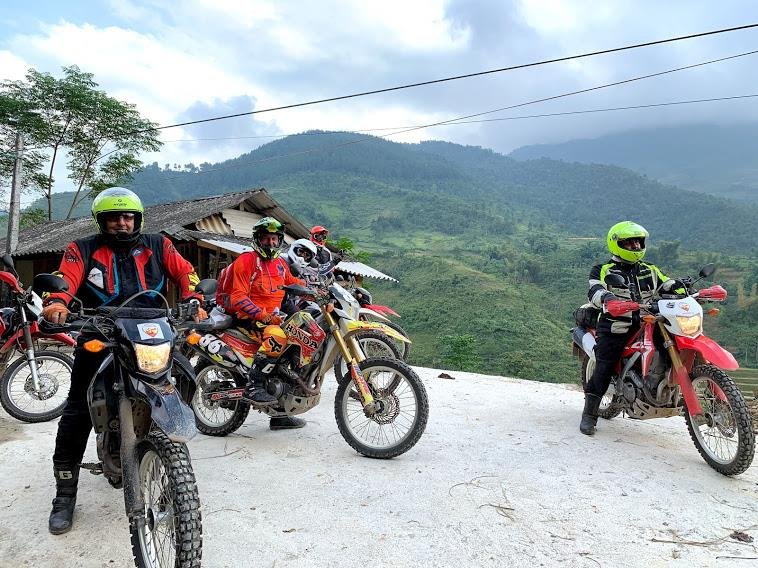
The best time to engage in a motorbike tour in Laos depends on the weather, road conditions, and overall travel experience you seek. Generally, the ideal time for motorbike tours in Laos is during the dry season, which typically runs from November to April. Here’s a detailed look at each season to help you decide:
May 28, 2025